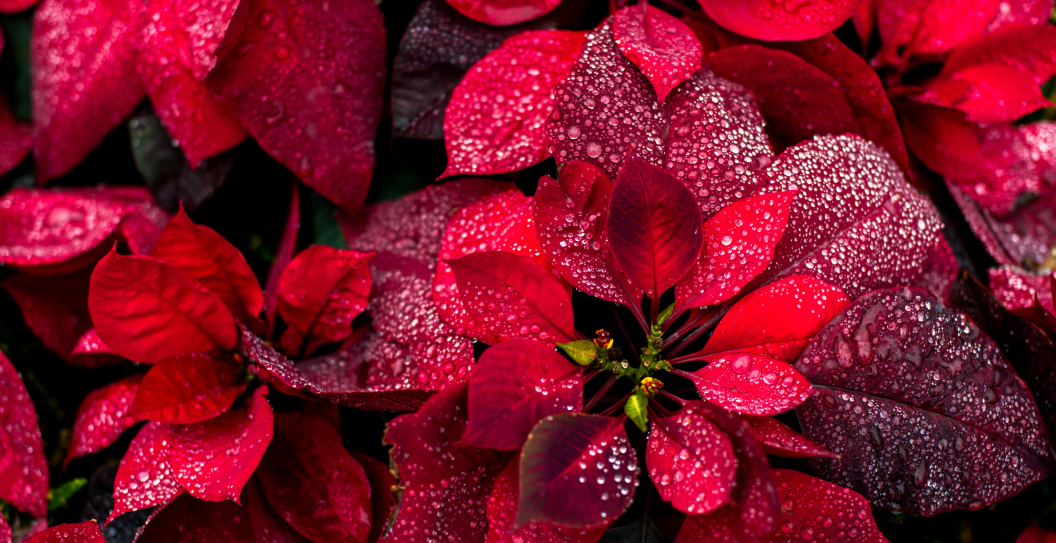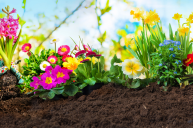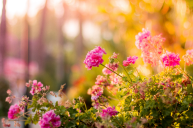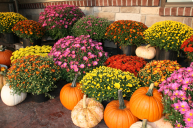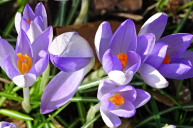The cold, frost-bitten months of December, January, and February may not seem like they provide prime gardening conditions. But the real green thumbs know that plenty of plants thrive in the chilly weather—even flowers.
Videos by Wide Open Country
With their bright red leaves and deep association with Christmas, poinsettias tend to be the go-to potted beauty for holiday planting. According to the Old Farmer's Almanac, it's the largest potted flower crop grown in the U.S., and over 2 million are sold every year. But even though their popularity skyrockets as soon as temperatures start to drop, they're not exactly the hardiest winter plant out there.
Seeing as how they originate from the tropical forests of Mexico and Guatemala, poinsettias actually prefer a milder climate, around 65 to 70 degrees. In fact, these plants will begin to drop leaves when the temperature hits 50 degrees. So, keeping your poinsettia alive through the snowy season takes a lot of work, and you'll eventually want to move it inside if you live in a colder region. It may be a Christmas tradition to stock up on your annual poinsettias, but it is a fair amount of maintenance.
But what if instead of struggling to keep your poinsettias alive, you could have gorgeous winter flowers that not just survive but thrive during those cold winter days? If you want to add some color and cheer to your garden this season, check out these ten winter flower alternatives. And don't forget your good luck flowers to ring in the new year.
Winter Pansies
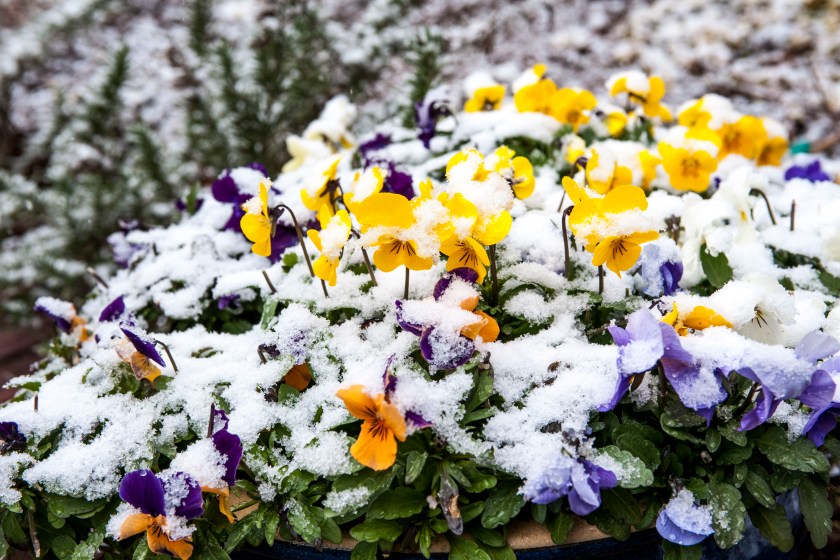
Sometimes called ice pansies, Winter Pansies produce smaller flowers than other pansy varieties. But what they lack in size, they make up for in hardiness and resilience. These little white, yellow, and blue flowers are often able to withstand cold temperatures and can even tolerate a light frost. They tend to be slow bloomers, so if you want to see those winter colors, start planning your seeds in late summer.
Hellebores
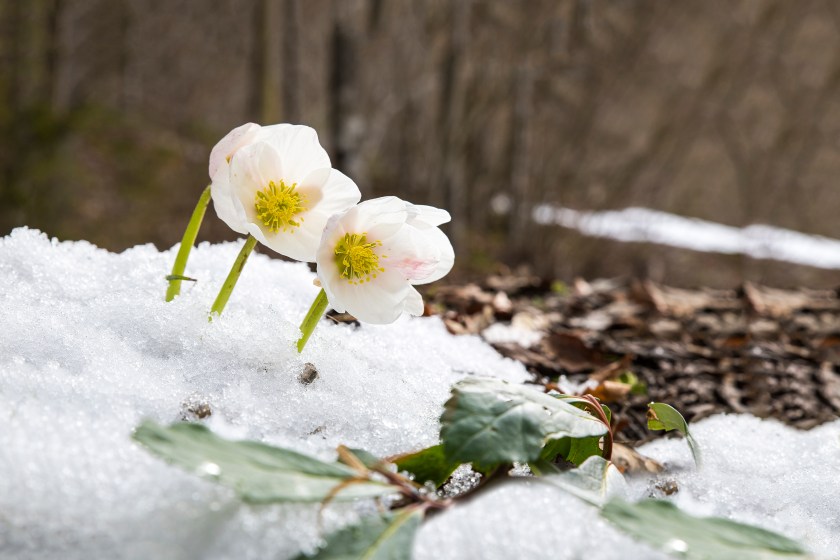
Poinsettias may be considered the Christmas plant, but Hellebores are known as the Christmas Rose. They bloom during the coldest months of the year: December through March. Even if they get covered in a little snow, the blooms will still be visible once the snow melts. Now, that's what we call a winter plant.
Lily of the Valley
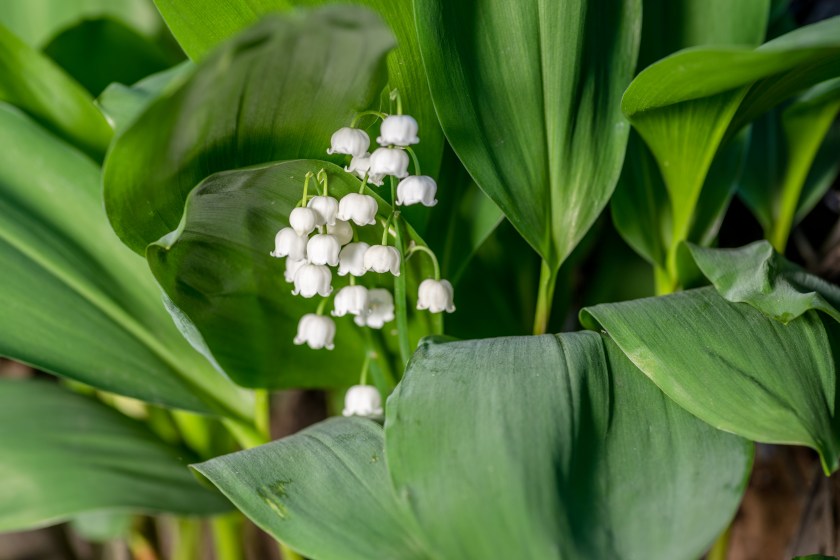
One of the sweetest-smelling winter flowers, Lily of the Valley, is best planted in the spring or fall so that it can fully bloom in the colder months. While it looks like a delicate plant with tiny white or pink bell-shaped flowers, it's surprisingly tough and spreads aggressively. So be careful where you plant it.
Winter Aconite
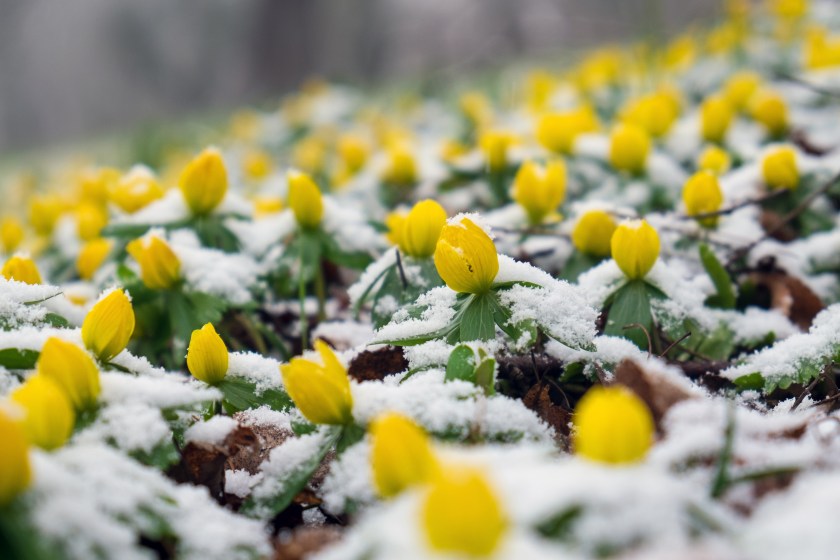
Winter Aconite is a bright yellow flower that may resemble a dandelion at first glance, but it's actually in the buttercup family. It's often one of the first flowers to bloom after the winter snow melts, and it's both deer- and rodent-resistant. So, if you've got a problem with pests nibbling on your other winter plants, planting these may help.
Witch Hazel
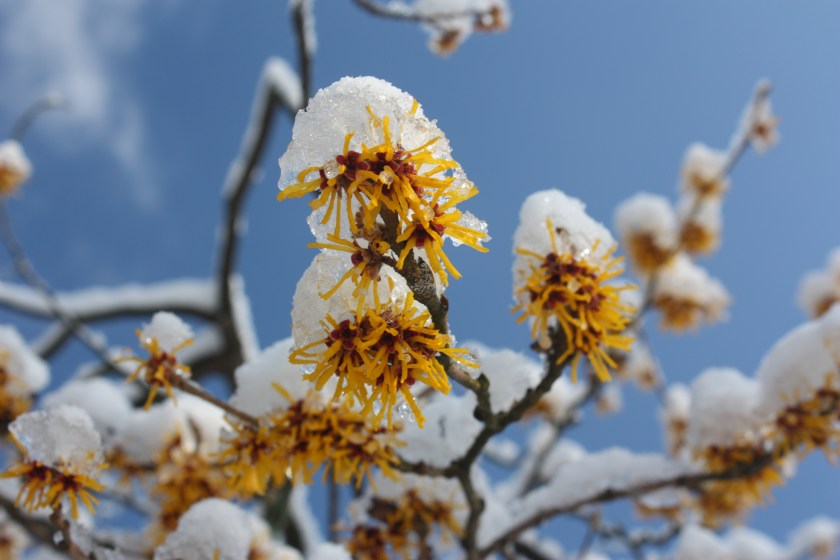
Technically, Witch Hazel is a shrub. But it goes through a winter bloom every year, resulting in spider-shaped bright yellow blooms that look stunning against a snowy backdrop. Even though Witch Hazel is well known for its medicinal uses (making it a great cold-weather plant to have on hand), it also has a lovely fragrance. Planting it near a walkway or entrance can provide a pleasant welcome, even on the dreariest of winter days.
Winter Jasmine
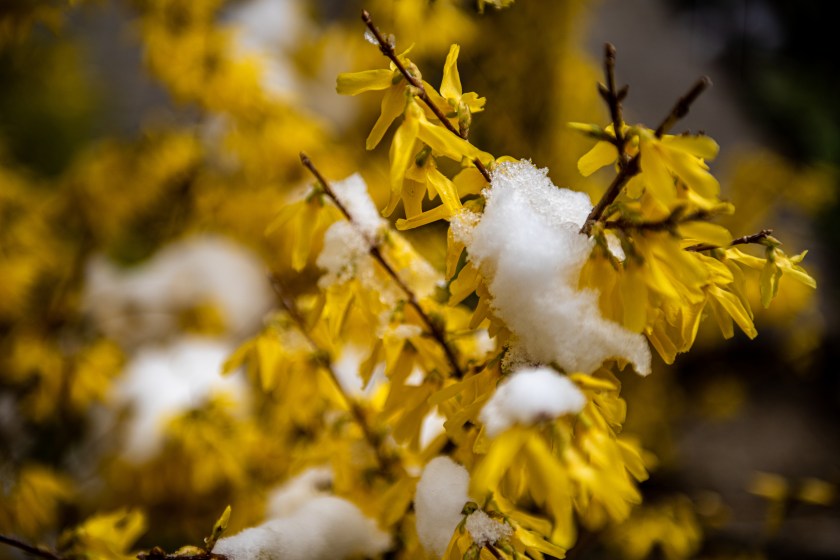
If you're looking for a climbing vine with bright yellow flowers that blossom in cool weather, look no further than Winter Jasmine. This sweet-smelling flower can provide a burst of color to your garden and is also a great choice for ground cover. It's also a big hit with hummingbirds, making it a great addition for birdwatchers.
Camellia
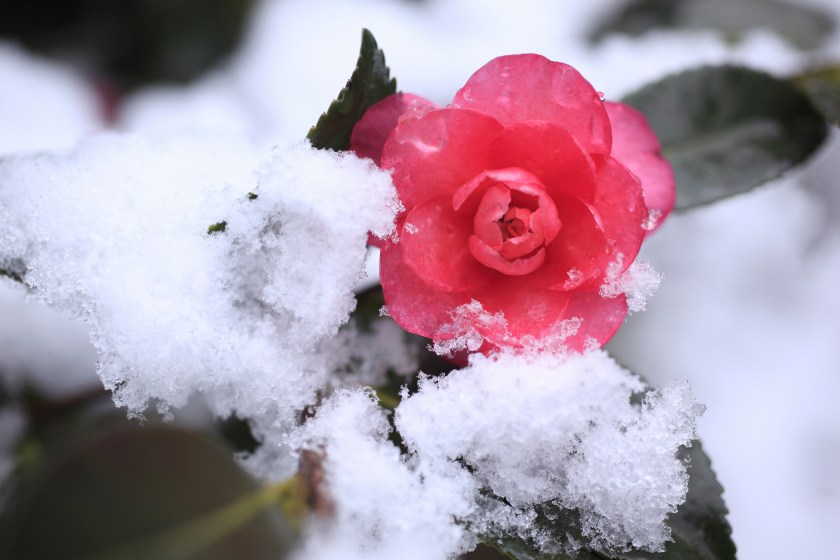
With large, rose-like blooms that come in shades of pink, yellow, and red, Camellias are a gorgeous winter flower so long as you pick the right variety. If you're lucky enough to have some blooming this season, consider cutting them for a beautiful indoor display.
Hardy Cyclamen
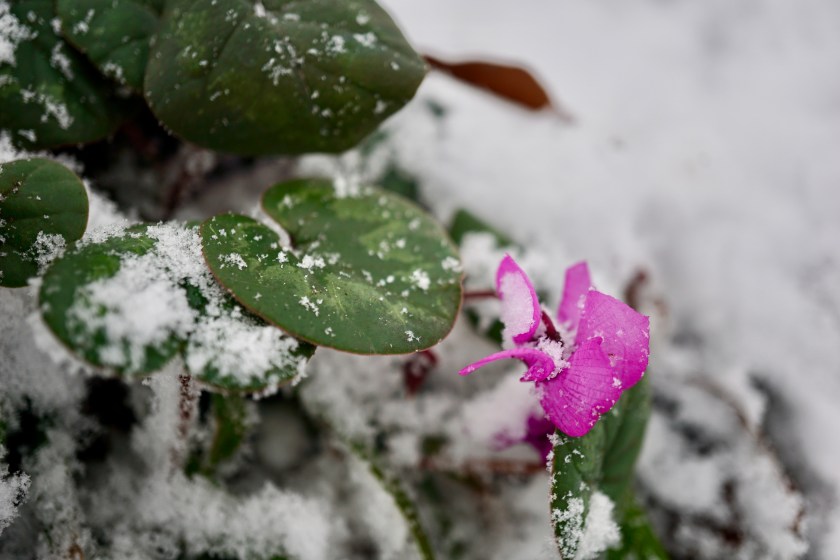
Unlike other cyclamen varieties that bloom in the spring or summer, Hardy Cyclamen flowers appear as soon as temperatures drop. This plant makes a statement with its unique backward-swept petals that come in pink, white, and purple. Seeing those vibrant colors during the dead of winter is sure to lift anyone's spirits.
Crocus
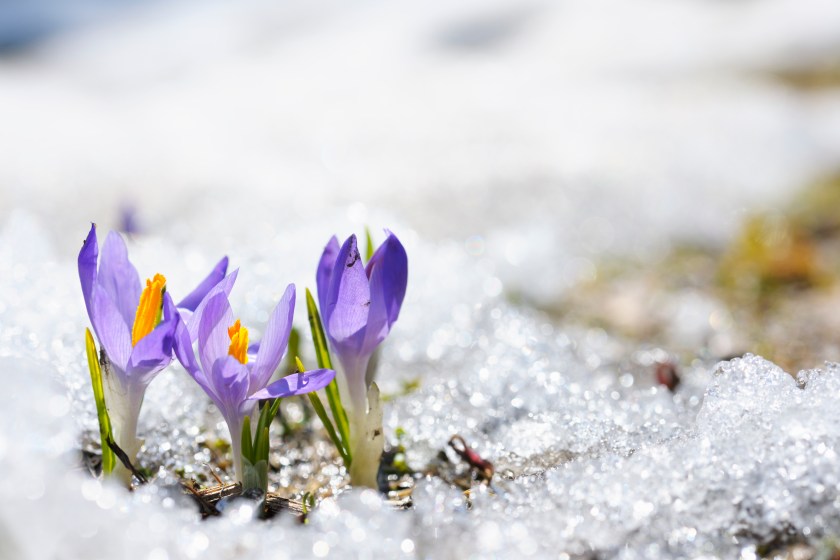
If you love seeing those first bulbs pushing through the snow to signal the end of winter and the beginning of spring, you'll love Crocuses. These small but mighty flowers can bloom even with snow still on the ground. They come in a variety of colors, including pink, red, orange, yellow, purple, and blue. Crocuses are also deer-resistant and naturalize easily, so you can expect to see them year after year.
Snowdrops
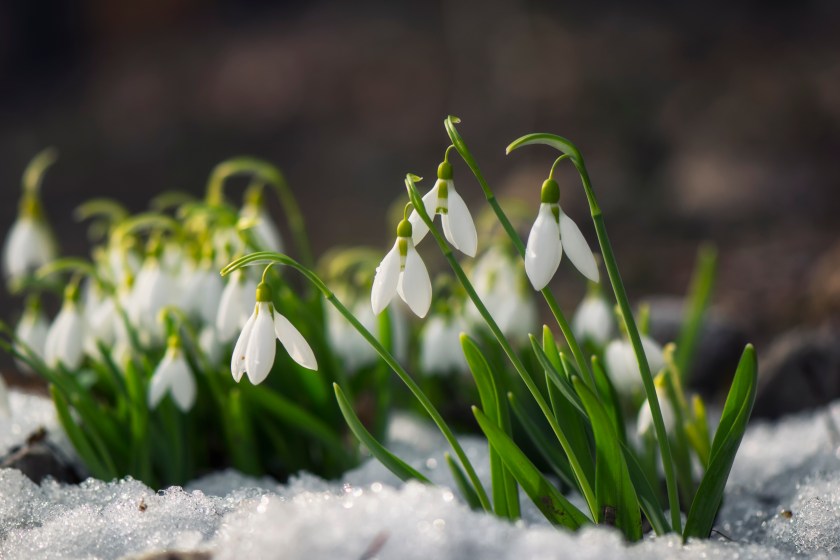
As their name suggests, Snowdrops look like little white drops of snow about to fall to the ground. These flowers are not only beautiful but also can be the first flowers to bloom in spring—even when snow is on the ground.
